It is our nature to worship. From prehistoric times to the present, human society has been engaged in some form of veneration. Secularizing our ritual from the religious to the ridiculous does not change the fact that we are about worship. India is no exception to this reality, where worship has for the most part remained God-centered for thousands of years. The two most popular forms of worship among the followers of the Vedic dharma are devotion to Visnu and Siva. In both the Visnu and Siva bhakti traditions we find the worship of Salagrama-sila.
Heading 2
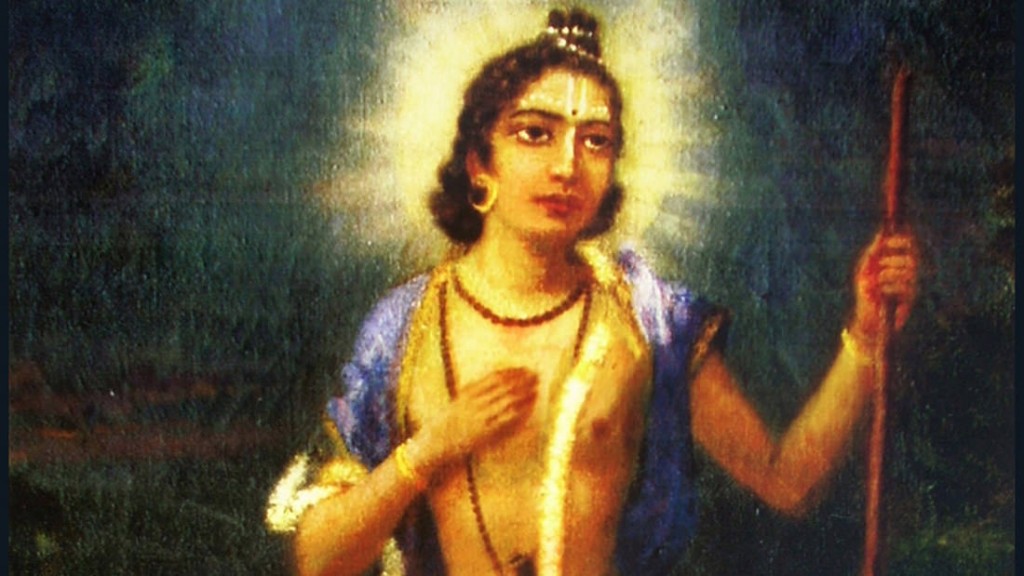
Salagrama-silas are sacred black stones that come from the Gandaki River valley of the Himalayas. Sila means stone. The qualities and characteristics of the Salagrama-silas are not found on stones anywhere on earth except in the Gandaki region. There, in that remote area of the world nestled between the Dhaulagiri and Annapurna mountain ranges, the Gandaki River flows through the village of Salagrama and the asrama of Pulaha. In ancient times, the mountain range surrounding Pulaha was called Salagiris due to the vast forests of Sala trees. From this came the name Salagrama (village of Sala trees) and Salagrama-sila (stones found only in the region of Salagrama).
These small black stones are more than meets the naked eye. All followers of Vedic dharma, with Gaudiya Vaisnavas no exception, consider salagrama to be a direct manifestation of Visnu himself.
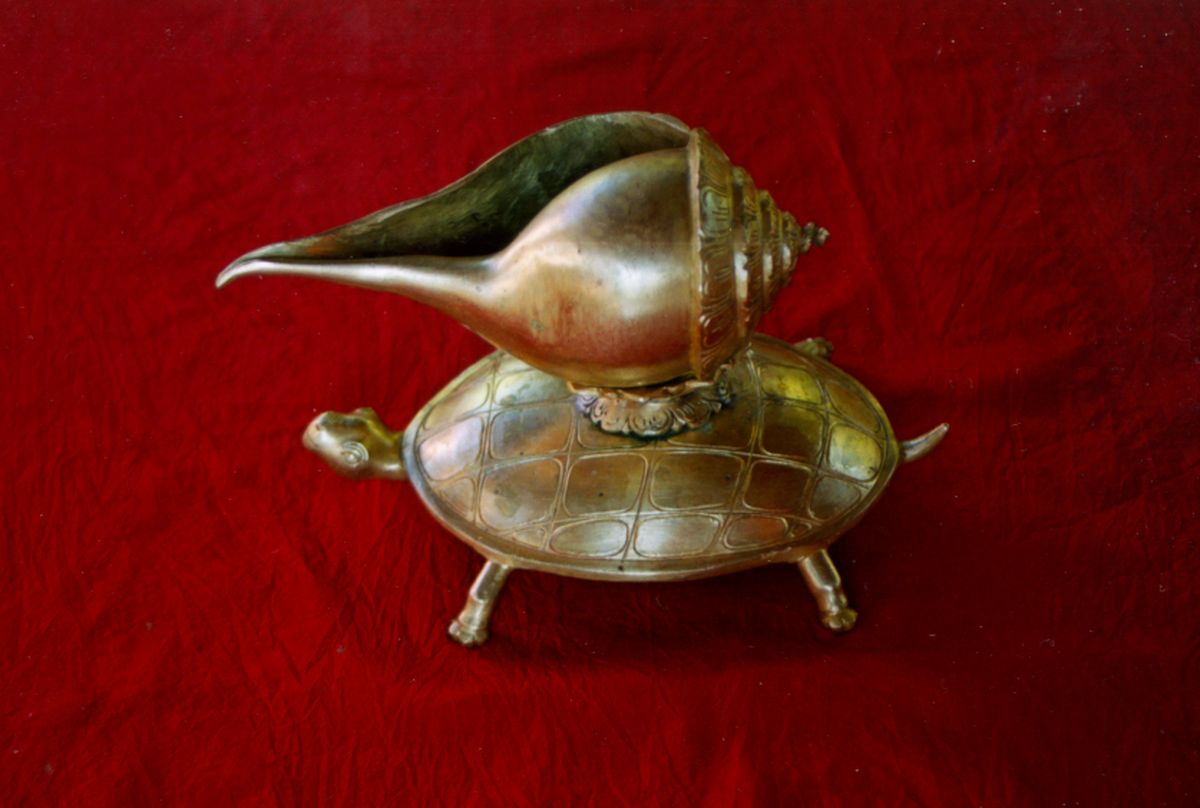
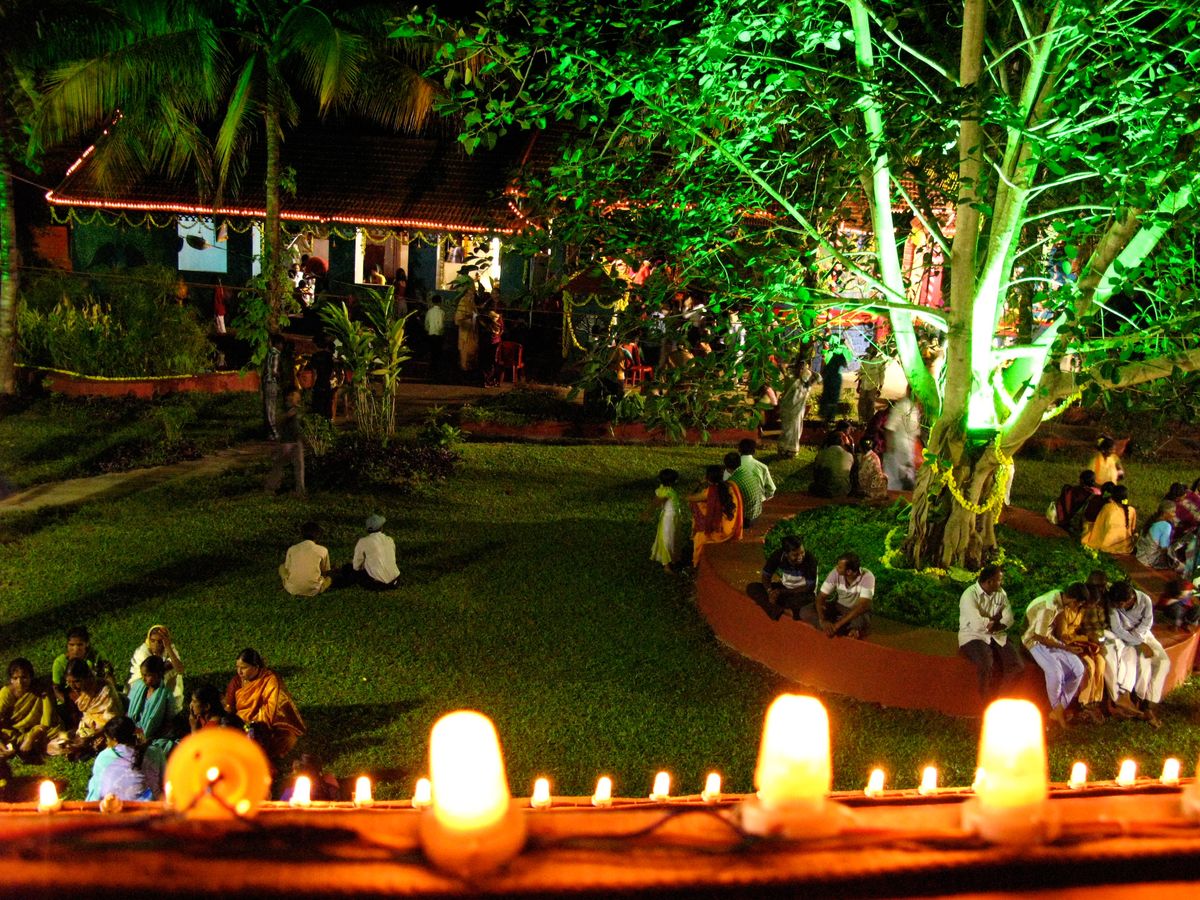
According to contemporary geologists, the Salagrama-silas are fossils of a prehistoric insect. This insect is mentioned in the Bhavisya Purana. Therein, Tulasi, the sacred plant so dear to Visnu, cursed Visnu to become a stone during one act of their eternal lila. Visnu said, "To fulfill your curse, I will become a stone (Salagrama-sila ) and will always live on the banks of the Gandaki River. The millions of Vajrakita worms that live at that place will adorn those stones with the signs of my cakra by carving them with their sharp teeth."
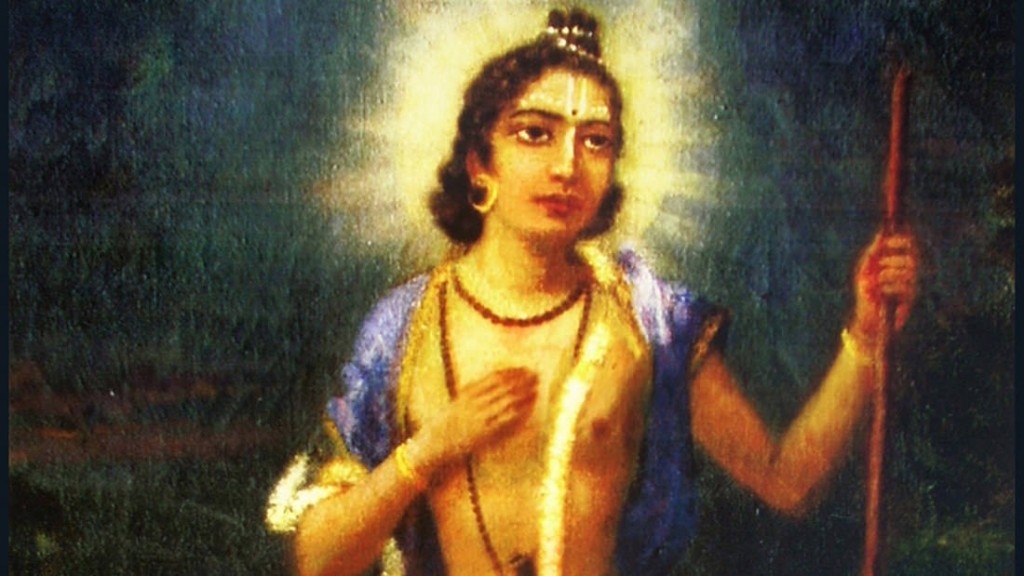
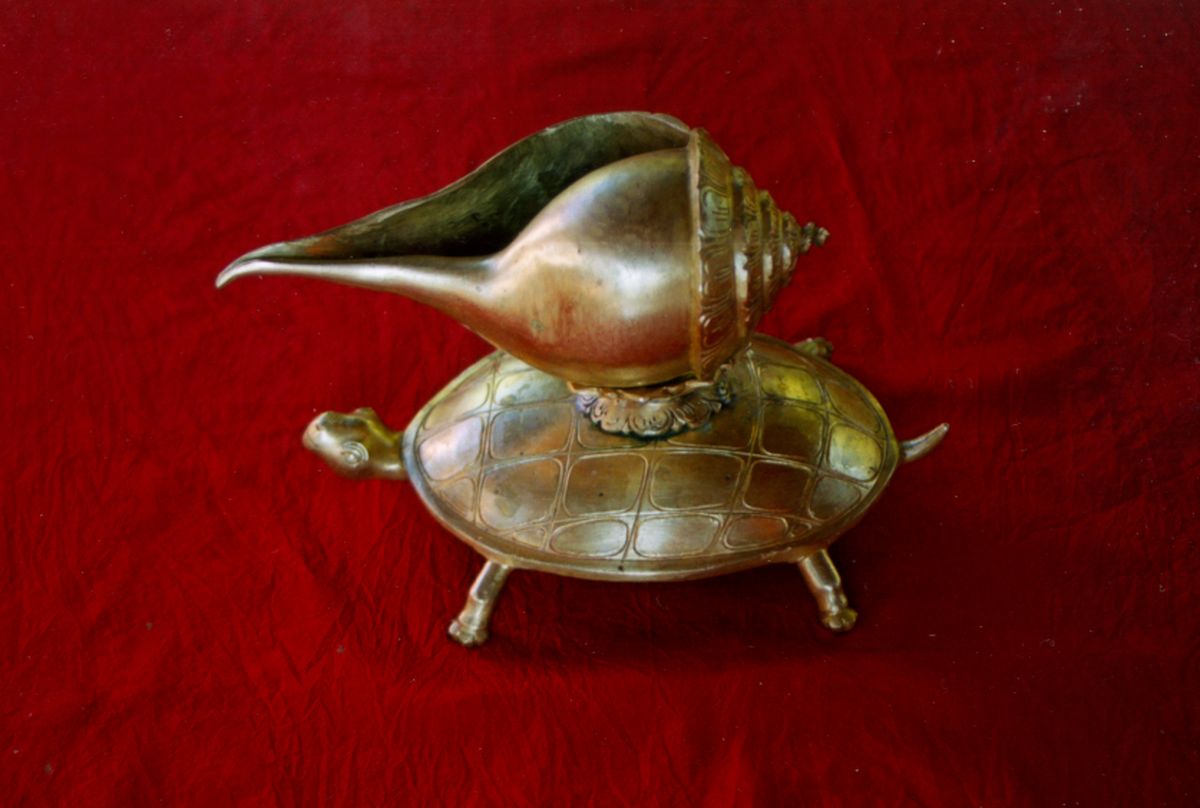 According to contemporary geologists, the Salagrama-silas are fossils of a prehistoric insect. This insect is mentioned in the Bhavisya Purana. Therein, Tulasi, the sacred plant so dear to Visnu, cursed Visnu to become a stone during one act of their eternal lila. Visnu said, "To fulfill your curse, I will become a stone (Salagrama-sila ) and will always live on the banks of the Gandaki River. The millions of Vajrakita worms that live at that place will adorn those stones with the signs of my cakra by carving them with their sharp teeth."
According to contemporary geologists, the Salagrama-silas are fossils of a prehistoric insect. This insect is mentioned in the Bhavisya Purana. Therein, Tulasi, the sacred plant so dear to Visnu, cursed Visnu to become a stone during one act of their eternal lila. Visnu said, "To fulfill your curse, I will become a stone (Salagrama-sila ) and will always live on the banks of the Gandaki River. The millions of Vajrakita worms that live at that place will adorn those stones with the signs of my cakra by carving them with their sharp teeth."
According to contemporary geologists, the Salagrama-silas are fossils of a prehistoric insect. This insect is mentioned in the Bhavisya Purana. Therein, Tulasi, the sacred plant so dear to Visnu, cursed Visnu to become a stone during one act of their eternal lila. Visnu said, "To fulfill your curse, I will become a stone (Salagrama-sila ) and will always live on the banks of the Gandaki River. The millions of Vajrakita worms that live at that place will adorn those stones with the signs of my cakra by carving them with their sharp teeth."
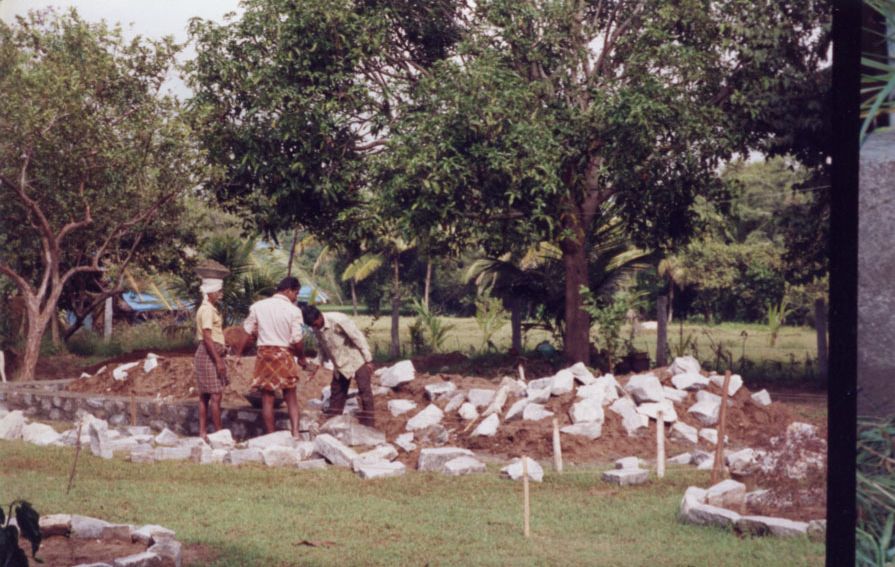
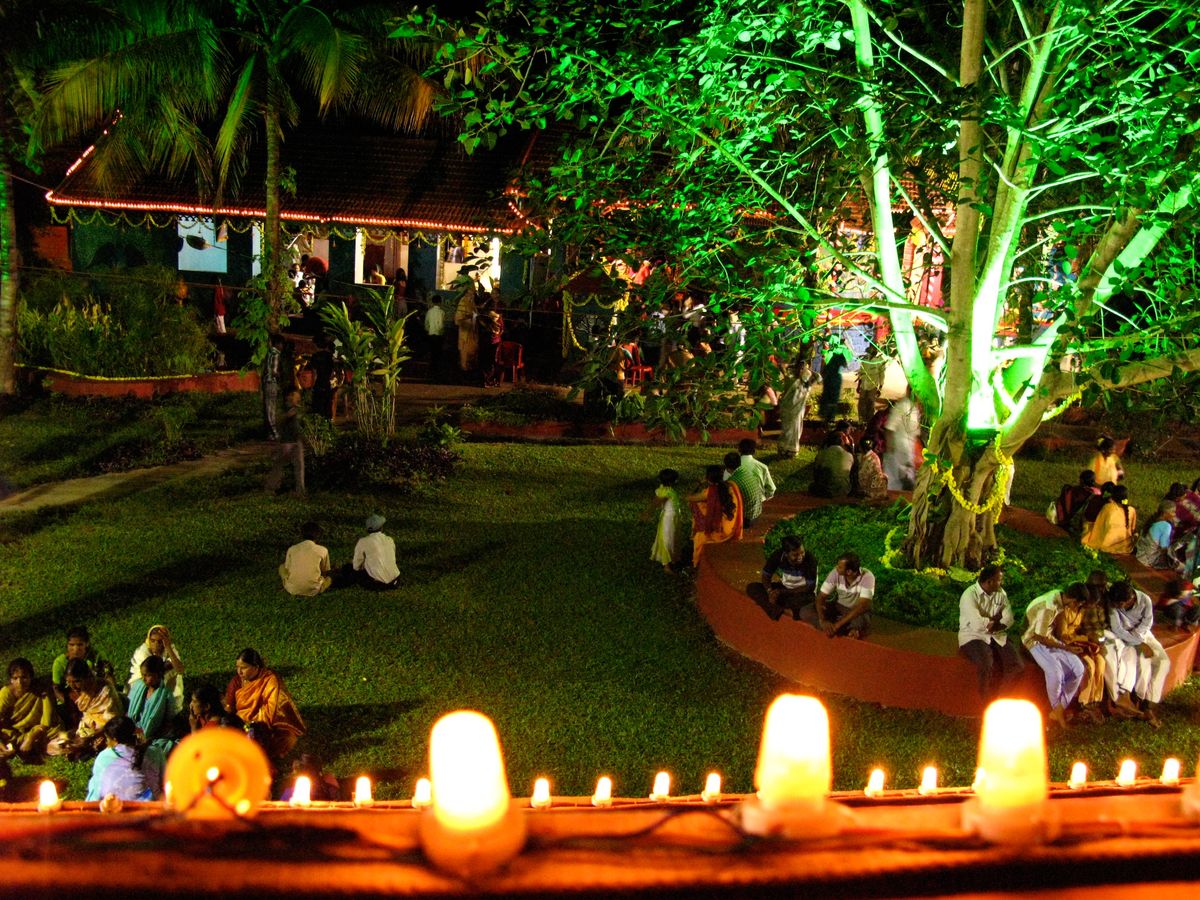
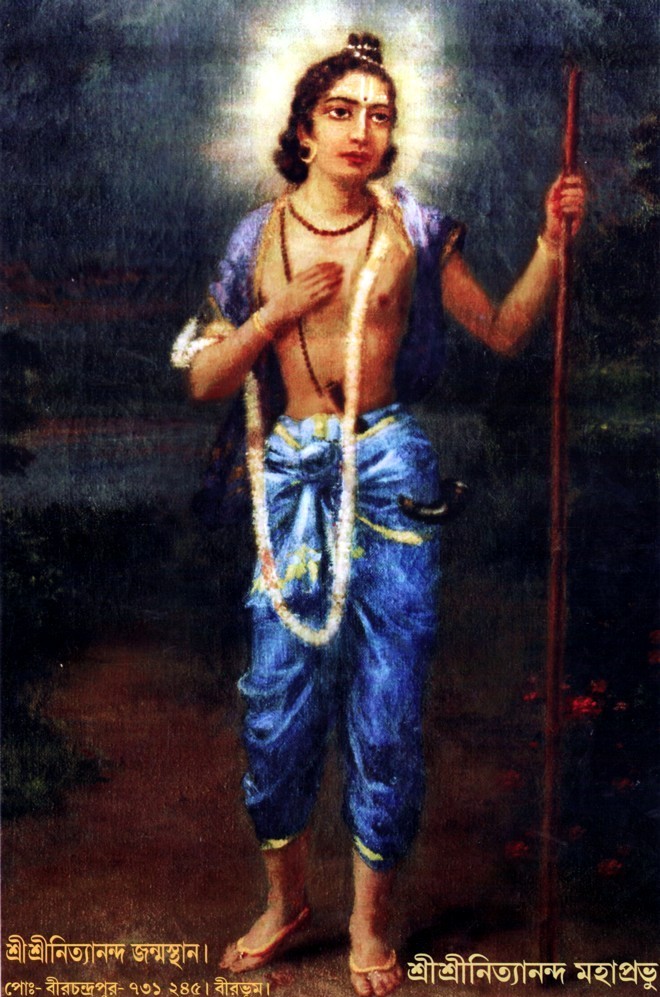
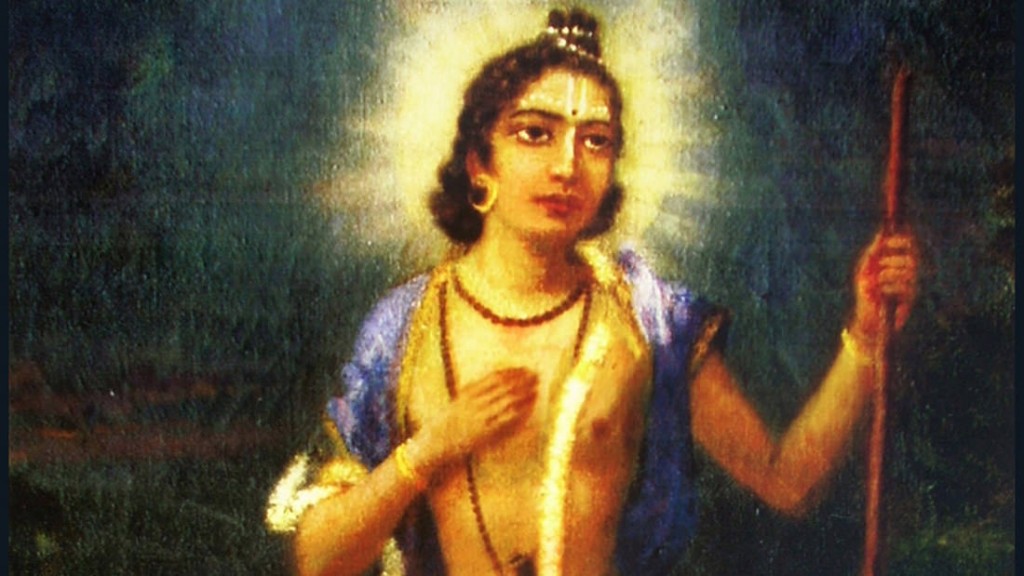
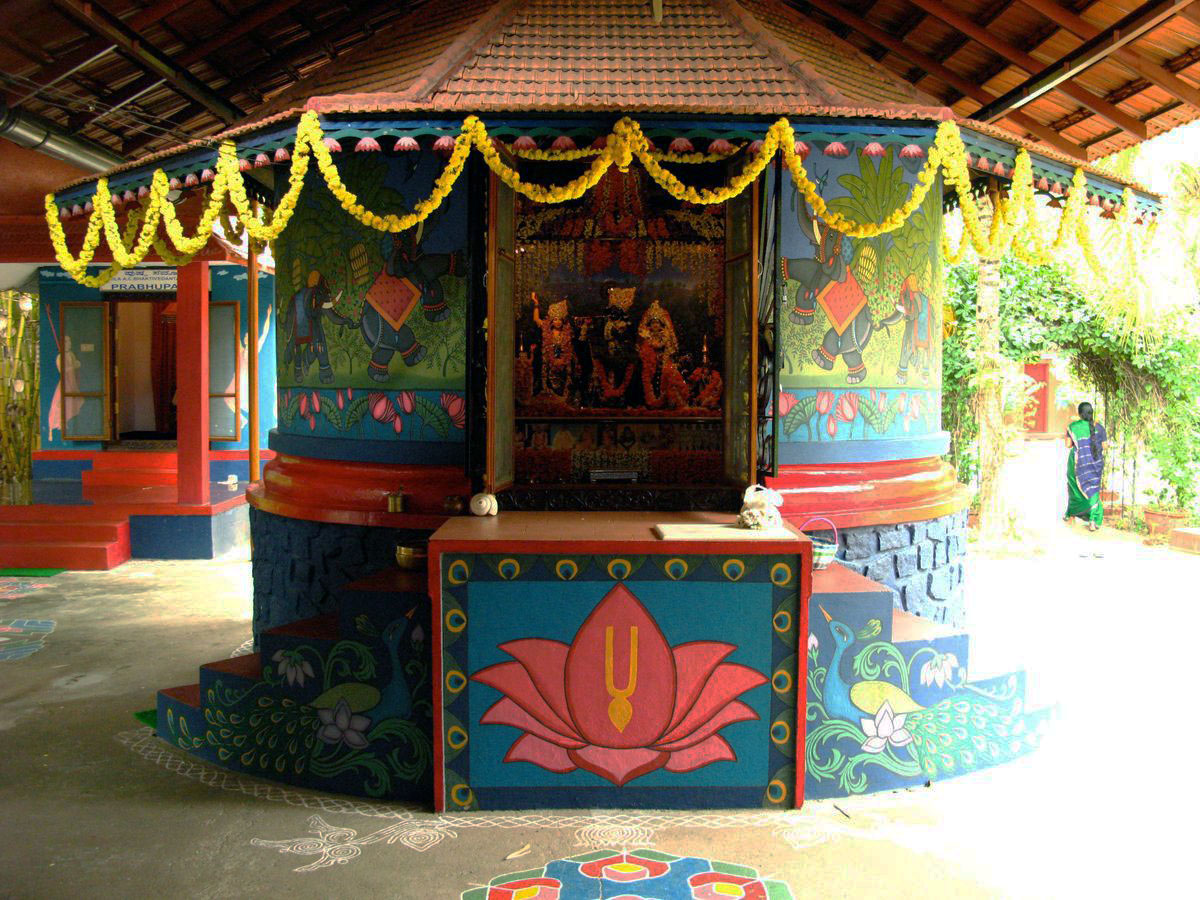 According to contemporary geologists, the Salagrama-silas are fossils of a prehistoric insect. This insect is mentioned in the Bhavisya Purana. Therein, Tulasi, the sacred plant so dear to Visnu, cursed Visnu to become a stone during one act of their eternal lila. Visnu said, "To fulfill your curse, I will become a stone (Salagrama-sila ) and will always live on the banks of the Gandaki River. The millions of Vajrakita worms that live at that place will adorn those stones with the signs of my cakra by carving them with their sharp teeth."
According to contemporary geologists, the Salagrama-silas are fossils of a prehistoric insect. This insect is mentioned in the Bhavisya Purana. Therein, Tulasi, the sacred plant so dear to Visnu, cursed Visnu to become a stone during one act of their eternal lila. Visnu said, "To fulfill your curse, I will become a stone (Salagrama-sila ) and will always live on the banks of the Gandaki River. The millions of Vajrakita worms that live at that place will adorn those stones with the signs of my cakra by carving them with their sharp teeth."